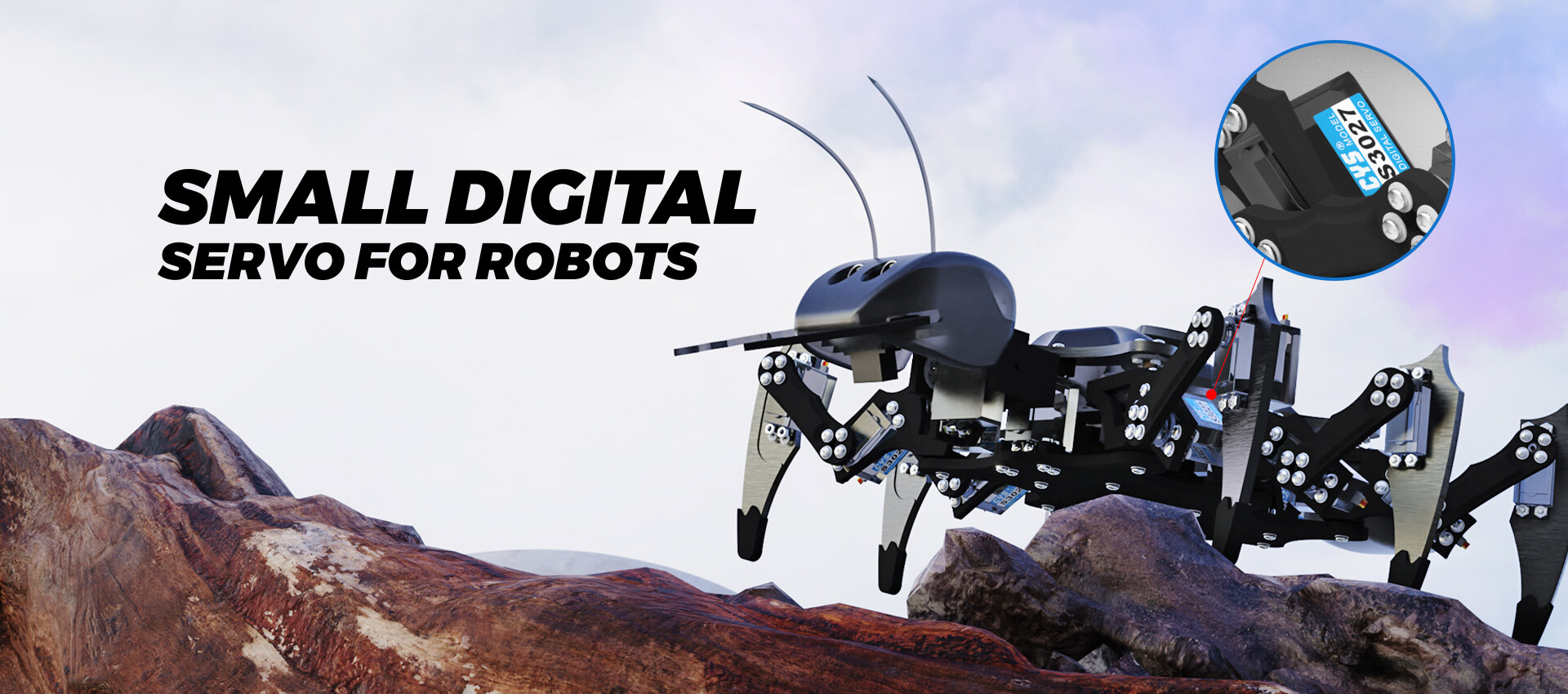Email cannot be empty
Password cannot be empty
Email format error
Email cannot be empty
Email already exists
6-20 characters(letters plus numbers only)
The password is inconsistent
Email format error
Email cannot be empty
Email does not exist
6-20 characters(letters plus numbers only)
The password is inconsistent


How Servo Motors Work & Their Key Applications (2025 Guide)
How Servo Motors Work & Their Key Applications (2025 Guide)
Introduction
Servo motors (or servo actuators) are precision devices that combine a motor, gearbox, and feedback system to enable accurate angle or position control. Widely used in robotics, drones, and automation, they’re ideal for projects requiring precise movement.
How Servo Motors Work
- 1.Core Components: A servo consists of:
- A DC/AC motor (for torque).
- A gearbox (to reduce speed/increase torque).
- A potentiometer or encoder (for position feedback).
- A control circuit (to interpret commands).
- 2.Signal Control: Operates via PWM (Pulse Width Modulation) signals, where pulse duration determines the angular position (typically 0°–180° for standard servos).
Key Features
- Precision: Accurate to ±1° in many models.
- Torque: Varies by size (e.g., micro servos for RC toys, heavy-duty servos for industrial use).
- Feedback Loop: Self-corrects to maintain position despite external forces.
Common Applications
- 1.Robotics: Joint movement in robotic arms/legs.
- 2.RC Vehicles: Steering and throttle control.
- 3.Automation: Conveyor belts, camera gimbals.
- 4.Drones: Gimbal stabilization.
Choosing a Servo Motor
- Size: Match to your project’s torque/speed needs.
- Voltage: Most run on 4.8V–6V (check specs!).
- Type: Standard (180°), continuous rotation, or linear servos.
Conclusion
Servo motors are versatile components for anyone working with motion control. Whether you’re building a robot or tuning a drone, selecting the right servo ensures reliable performance.

